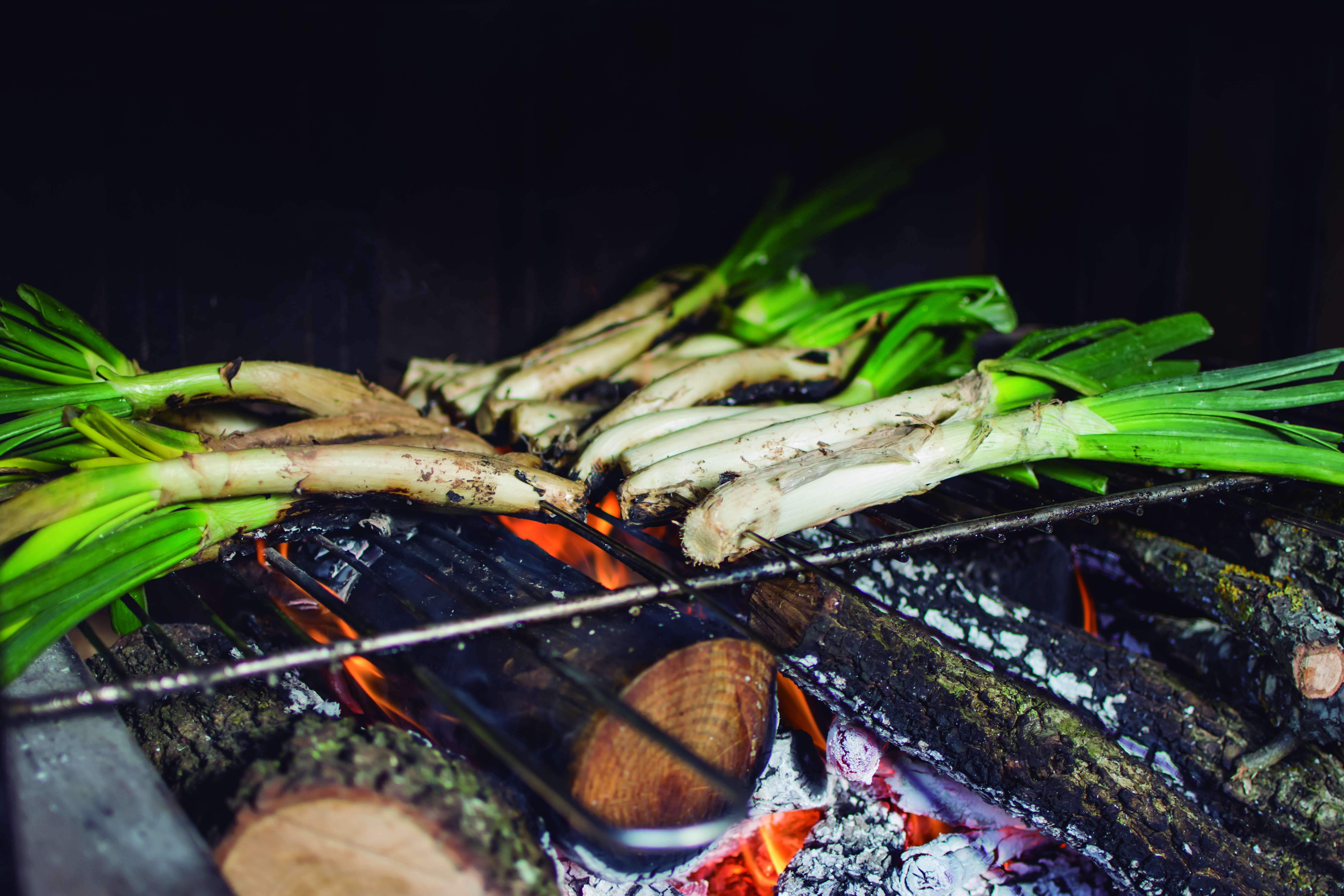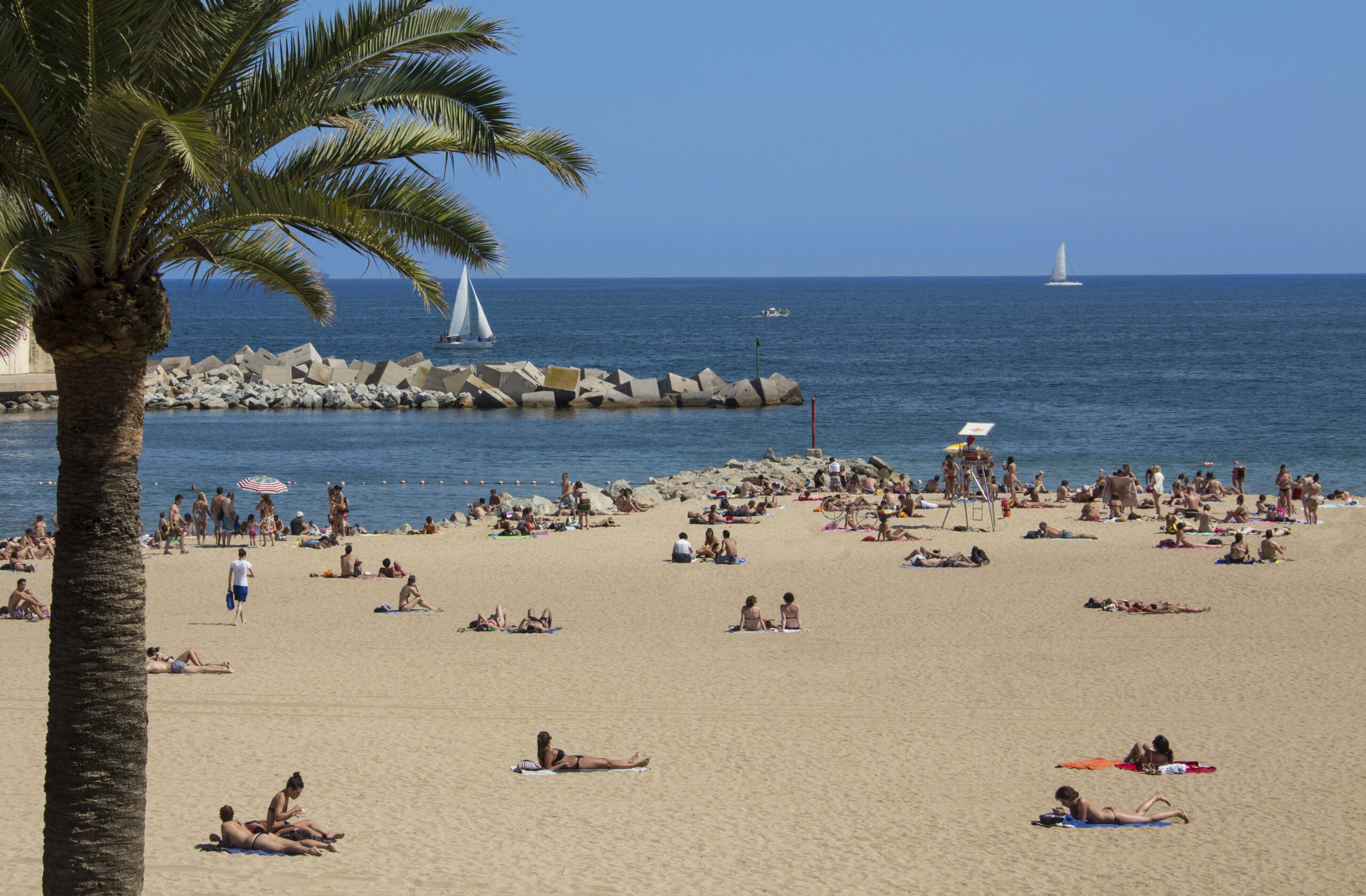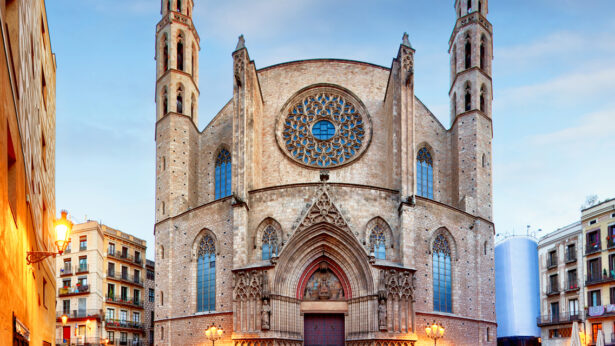Catalan cuisine is one of the most vibrant and rich culinary traditions in Europe. With its unique geographical location, history, and a blend of cultural influences, Catalonia has developed a distinctive food culture that continues to captivate locals and visitors alike. As the capital of Catalonia, Barcelona is at the heart of this gastronomic legacy, where traditional dishes merge with modern innovations, offering a dynamic culinary experience. In this article, we will trace the history and evolution of Catalan cuisine and explore how it shapes Barcelona’s current food scene.
Savoring the History: Catalan Cuisine in Barcelona
Catalan cuisine has its roots in the agricultural and fishing traditions of the region, which have been shaped by the diverse civilizations that once inhabited the Iberian Peninsula. From the ancient Romans to the Moors, the French, and the Mediterranean influence, each of these cultures left a lasting mark on the food of Catalonia. The ingredients, cooking methods, and flavors that define the region’s cuisine are a reflection of its history, with a focus on fresh produce, seafood, and an emphasis on balance and seasonality.
Early Catalan Influences
The history of Catalan cuisine begins with the Romans, who introduced viticulture, olive oil production, and wheat cultivation to the region. These three staples – wine, olive oil, and bread – became foundational elements of the Catalan diet and remain integral today. The Roman influence can also be seen in the preparation of preserved meats and fish, a practice that has endured throughout the centuries.
The next significant cultural shift came with the Moorish occupation of Spain in the 8th century. The Moors brought with them new ingredients such as almonds, citrus fruits, and spices like saffron and cumin. They also introduced rice, which would later become a key component in many Catalan dishes. This fusion of Roman and Moorish elements laid the groundwork for the development of a complex and varied cuisine that balanced both sweet and savory flavors.
The Middle Ages and Catalan Cookbooks
During the Middle Ages, Catalonia’s cuisine continued to evolve. One of the most significant developments of this period was the emergence of written cookbooks, such as „Llibre de Sent Soví,“ a medieval Catalan recipe collection dating back to the 14th century. This book provides insight into the food traditions of the time, showcasing the sophisticated culinary techniques and diverse ingredients available to the upper classes.
Medieval Catalan cuisine was heavily influenced by the region’s trade connections with the Mediterranean and beyond. The Catalans imported ingredients such as sugar, spices, and dried fruits, which were incorporated into elaborate dishes that featured bold combinations of sweet and savory flavors. Meat stews with almonds and dried fruits, as well as fish prepared with spices, were common in the aristocratic households of the time.
The Impact of the New World
The discovery of the Americas in the 15th century had a profound impact on European cuisine, and Catalonia was no exception. New ingredients such as tomatoes, potatoes, peppers, and chocolate began to make their way into Catalan kitchens. These ingredients were slowly integrated into traditional recipes, enriching the region’s culinary repertoire.
One of the most famous Catalan dishes that emerged from this period is „pa amb tomàquet“ (bread with tomato). This simple yet iconic dish involves rubbing fresh tomatoes on rustic bread, drizzling it with olive oil, and sprinkling it with salt. It is a perfect example of how Catalan cuisine emphasizes quality ingredients and simplicity. Over time, „pa amb tomàquet“ became a symbol of Catalan identity, representing the region’s commitment to its culinary traditions.
From Tradition to Modernity: The Evolution of Catalan Food
As Catalonia entered the 19th and 20th centuries, the region experienced rapid industrialization and urbanization, which brought about significant changes in its food culture. While rural communities continued to maintain traditional cooking practices, cities like Barcelona began to see the rise of restaurants and culinary establishments that catered to the growing middle class.
In the early 20th century, Catalonia’s intellectuals and artists, inspired by the modernist movement, began to embrace new ideas about food and cuisine. This period saw a renewed interest in traditional Catalan dishes, but with a modern twist. Catalan chefs began to experiment with new techniques and presentations, blending old-world flavors with contemporary innovation.
The Modern Catalan Culinary Revolution
The late 20th century marked a turning point in Catalan cuisine, largely due to the influence of pioneering chefs like Ferran Adrià. Adrià, who led the kitchen at the world-renowned restaurant El Bulli, revolutionized the way people think about food with his avant-garde approach to cooking. His emphasis on molecular gastronomy, deconstruction, and playful presentations helped elevate Catalan cuisine to the global stage.
Adrià’s approach was deeply rooted in Catalonia’s culinary traditions, but he pushed the boundaries by reimagining classic dishes and ingredients in entirely new ways. For example, he transformed traditional Catalan stews into foams and gels, creating an entirely new sensory experience for diners. His work inspired a new generation of Catalan chefs who continue to experiment with flavors, textures, and techniques, further advancing the region’s gastronomic reputation.
Today, Barcelona is a hub for culinary innovation, with Michelin-starred restaurants and cutting-edge chefs shaping the city’s food scene. However, while modernist cuisine has gained international recognition, traditional Catalan dishes remain central to the city’s culinary identity. Restaurants throughout Barcelona continue to serve classic dishes like „escudella i carn d’olla“ (a hearty meat and vegetable stew) and „calçots“ (grilled spring onions served with romesco sauce) alongside more contemporary offerings.
Catalan Cuisine in the 21st Century
In the 21st century, Catalonia’s food scene reflects both its rich history and its dynamic present. Many of the ingredients and techniques that have defined Catalan cuisine for centuries continue to be used, but there is also a growing emphasis on sustainability, local sourcing, and innovation. Barcelona’s restaurants offer a diverse range of dining experiences, from traditional taverns serving rustic fare to fine dining establishments pushing the boundaries of modern gastronomy.
One of the key trends in Barcelona’s current food scene is the farm-to-table movement, which emphasizes the use of locally sourced, organic ingredients. Catalonia’s fertile land and proximity to the Mediterranean Sea make it an ideal location for producing high-quality vegetables, fruits, seafood, and meats. Chefs in the region are increasingly focused on sustainability and seasonality, ensuring that their dishes are both environmentally responsible and delicious.
Another trend is the revival of forgotten Catalan recipes and ingredients. Chefs are looking to the past for inspiration, rediscovering ancient cooking methods and ingredients that had fallen out of favor. This has led to a resurgence of interest in dishes such as „suquet de peix“ (a traditional fish stew) and the use of herbs like „ruda“ (rue) and „sajolida“ (savory), which were once staples of Catalan cooking.
The evolution of Catalan cuisine is a story of tradition and innovation, shaped by centuries of history and cultural exchange. From its humble beginnings in Roman times to the culinary revolution spearheaded by modernist chefs like Ferran Adrià, Catalan food has always been about balance – balancing flavors, ingredients, and traditions with a constant desire for creativity and progress.
In Barcelona today, the legacy of Catalan cuisine is more vibrant than ever. The city’s food scene offers a delightful blend of old and new, where traditional dishes are celebrated alongside cutting-edge creations. As Catalonia continues to evolve, so too does its cuisine, offering endless possibilities for those eager to savor the region’s rich culinary history.




